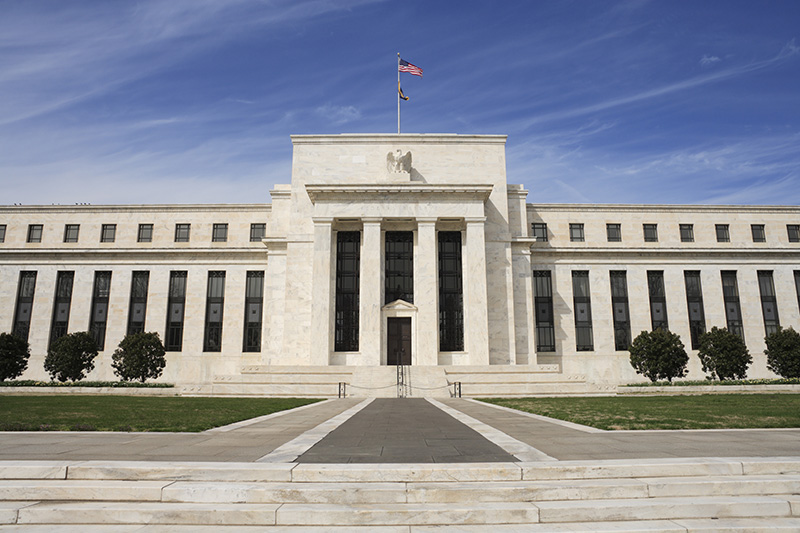(Bloomberg Opinion) -- Just wait 'til next season! Or not.
On the face of it, today marks the end of an era for the Federal Reserve. The world's most powerful central bank held its last quiet policy meeting: From now on, each of its twice-quarterly interest-rate-setting powwows will be followed by a news conference. This has led some Fed watchers to believe that the central bank might change rates more frequently -- that is, every meeting will be "live."
Actually, the new era may be more like the last than many people appreciate.
From 2011 through today, the Fed held a media briefing after every other policy-making meeting. This created an expectation that it would adjust borrowing costs only when it had that quarterly news conference to explain its actions, along with fresh economic projections to back them up. Markets didn't take officials seriously when they insisted that every meeting was live. Critics said the Fed had become too predictable, killing off the volatility that allows traders to make money.
So when the central bank announced in June that it would always have a news conference, the move was seen as a big deal. But don't equate it with revolution. It's incremental evolution.
I doubt meetings will be any more or less alive under the new format, for two reasons: the experience of the European Central Bank, and the need for consistency and clarity in policy.
The ECB has a lot more experience with news conferences than the Fed. Its policy has been to hold one after every meeting since the euro was launched in 1999; the Fed started only in 2011, under then-chairman Ben Bernanke. The briefings have, on occasion, offered surprises: There was a protester throwing confetti and shouting "End ECB Dictatorship!" in 2015, and a step toward winding up quantitative easing in October 2017. For the most part, though, officials preferred to wait until they had new quarterly economic forecasts to support shifts in stance.
The Fed has ample reason to be predictable, too -- and it's not just about the market gyrations of the past few months. With each quarter-point increase, the central bank gets closer to the neutral rate at which it is neither stimulating nor damping growth -- and hence closer to the point at which it might pause. The calculus gets trickier as global growth slows and emerging markets remain troubled. While the Fed is supposed to focus on the U.S. economy, concerns about the world beyond America's shores do figure into its deliberations. They caused it to limit rate increases in 2015 and 2016, for example.
I suppose the Fed could raise rates before one of the new media briefings just to make a point. As if to say: "We told you every meeting was live! Do you believe us now?" But that would be self-defeating. What the world needs now is a measured and prudent approach.
The Fed will be as wary of surprises as ever. Good. The times warrant discretion rather than valor.
